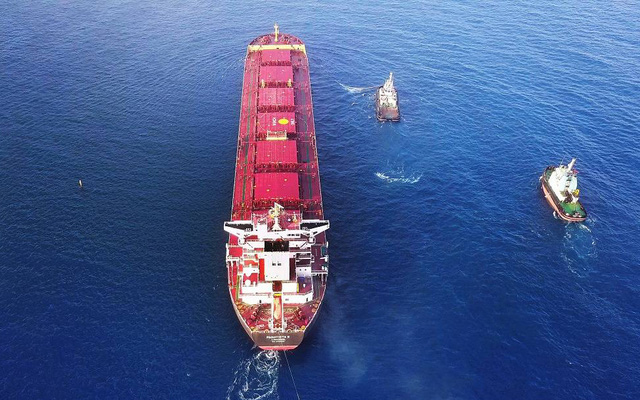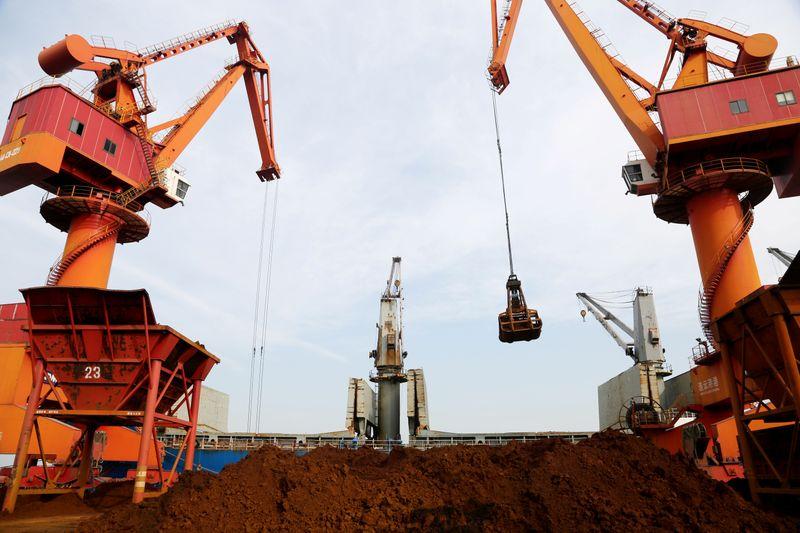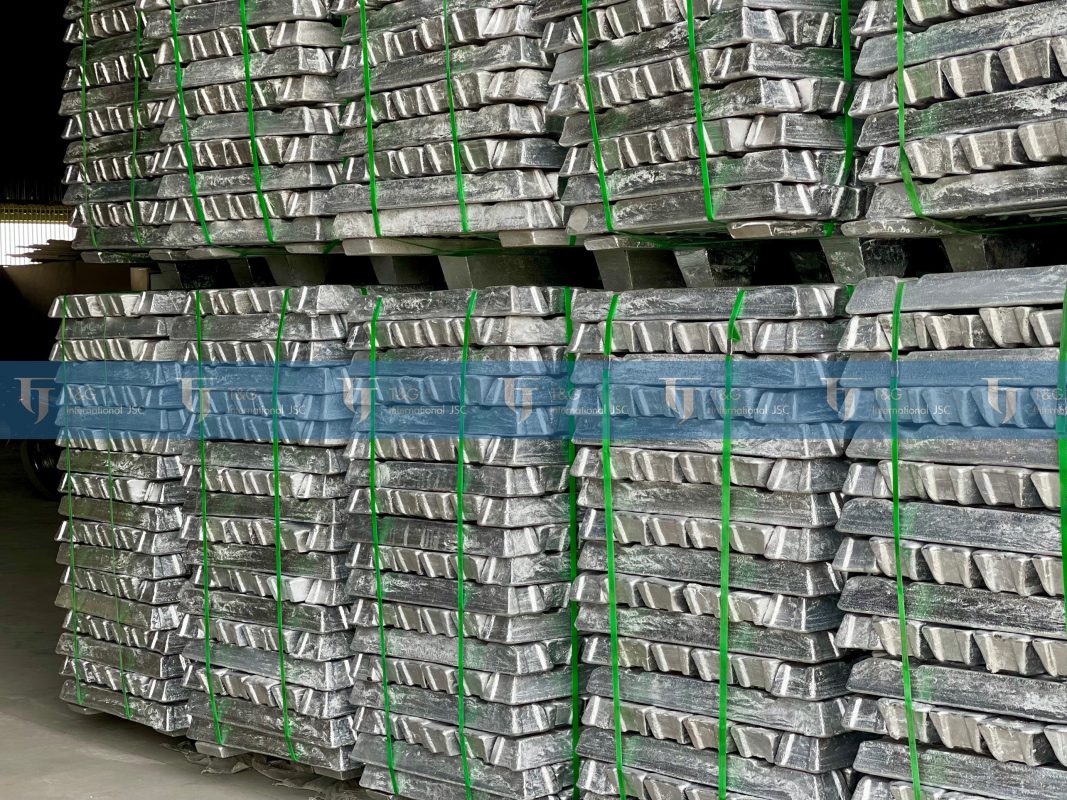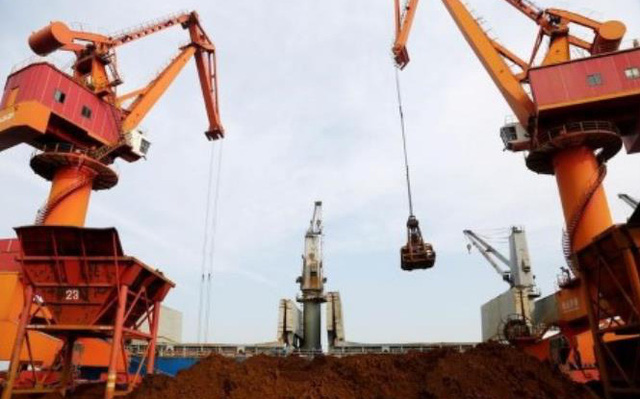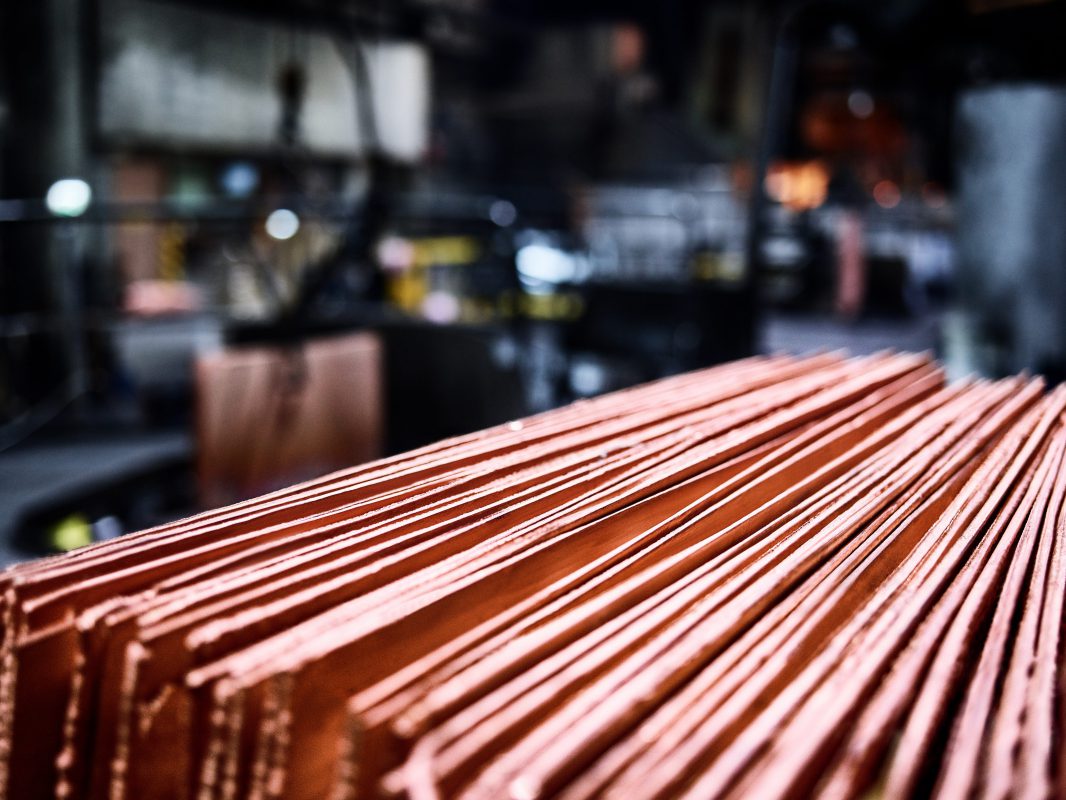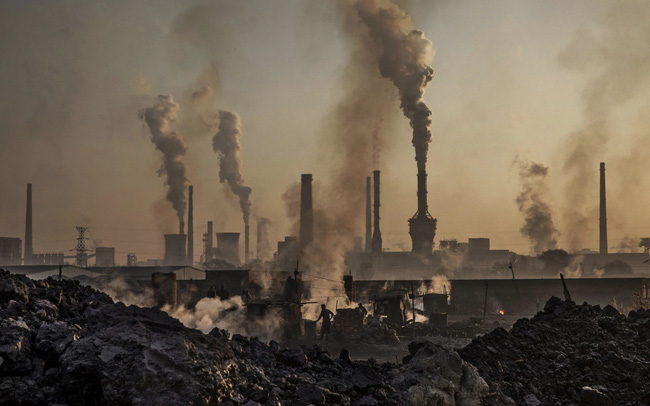Steel exports in the first three months of the year fell 25.5% to 131.8 million tons. Some traders increased their exports to Europe to fill the gap left by Ukraine and Russia but the results will show in the April data.
According to Reuters, China Customs data showed that the country’s steel product exports reached 4.95 million tons in March, down 34% year-on-year.
Some Chinese traders have ramped up exports to Europe to fill a market gap caused by the Ukraine war, but analysts say the results of the move will be reflected in the April data.
Steel exports in the first three months of the year fell 25.5% to 131.8 million tons.
Many Chinese steel mills had to cut output because of the new COVID-19 outbreak. Tangshan City began a temporary blockade on March 22 to control the spread of the COVID-19 pandemic. The leader of a steel company said the new restrictions have prevented steel mills from replenishing raw material inventories.
Crude steel production at Tangshan was about 131.1 million tons last year, accounting for about 13% of China’s total output and surpassing the world’s second-largest steel mill, India (with an output of 118 million tons). ).
A representative of Hebei Tianzhu Iron & Steel Company said that with an output of about 200,000 tons of rebar per month, the company’s raw material inventory is only enough to produce in three more days. This resulted in the company being forced to reduce production.
The company currently stocks about 40,000 tons of steel products in its warehouses, equivalent to about 50% of warehouse capacity.
Another local producer, Tangshan Reafon Steel, said it also expected to cut output soon due to traffic restrictions that were “very difficult to work with the government to deal with”.
According to the consulting firm Mysteel, steel output in Tangshan has decreased by 36,100 tons/day in the past week, to 229,000 tons/day due to the impact of the blockade order.
Steel imports last month fell 23.5% to more than 1 million tons year-on-year, for a total January-March import volume of 3.22 million tons, customs said.
China’s iron ore imports fell 14.5% in March year-on-year as shipments from Brazil were affected by prolonged heavy rains, while tensions in Ukraine are expected to continue to affect the flow of iron ore. future trade flows.
China’s General Administration of Customs said that the world’s top consumer of iron ore imported 87.3 million tonnes last month, down from 102.1 million in March 2021.
This decrease is due to the fact that mining and transportation activities in Brazil were affected by prolonged heavy rains. Brazilian mining company Vale SA halted iron ore operations at its Carajas mine in early March because of heavy rains.
Refinitiv train-tracking data showed Australia’s iron ore exports to China in March were mostly unchanged year-on-year, while iron ore from Brazil fell 28.6 per cent.
Meanwhile, analysts say the Ukraine-Russia conflict will put pressure on China’s iron ore imports in the coming months.
About 40% of iron ore exports from Russia and Ukraine to China could be disrupted, said Wang Yingwu, analyst at Huatai Futures in Beijing. At the same time, some shipments from Australia and Brazil may be diverted to other customers in the next month.”
In the first quarter of 2022, China imported 268.36 million tons of iron ore, down 5.2 percent from 283 million in the January-March period a year ago.
T&G International Joint Stock Company
Address: 352 Hue Street, Le Dai Hanh Ward, Hai Ba Trung District, Hanoi
Hotline: 0345786803
Email: hrm@tginterjsc.com
Website: http://tginternationaljsc.com




